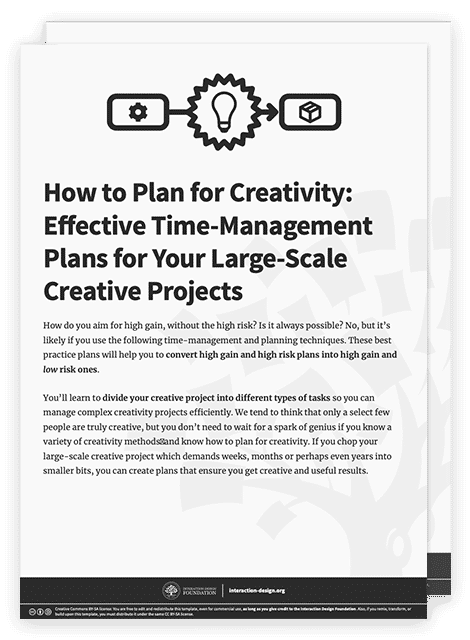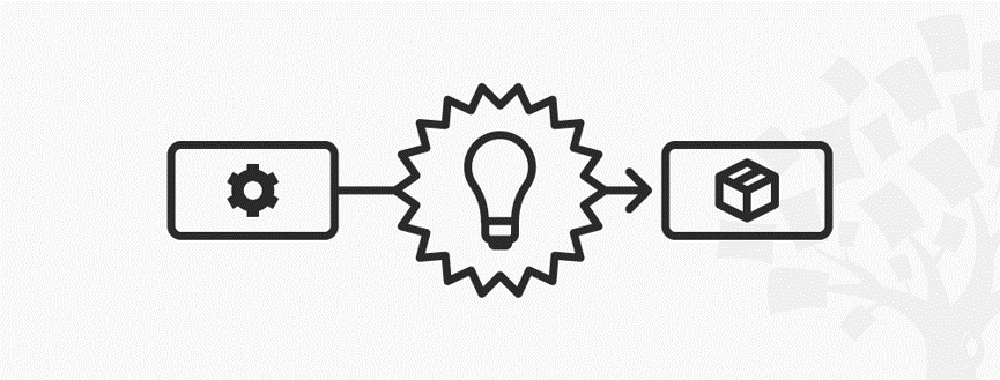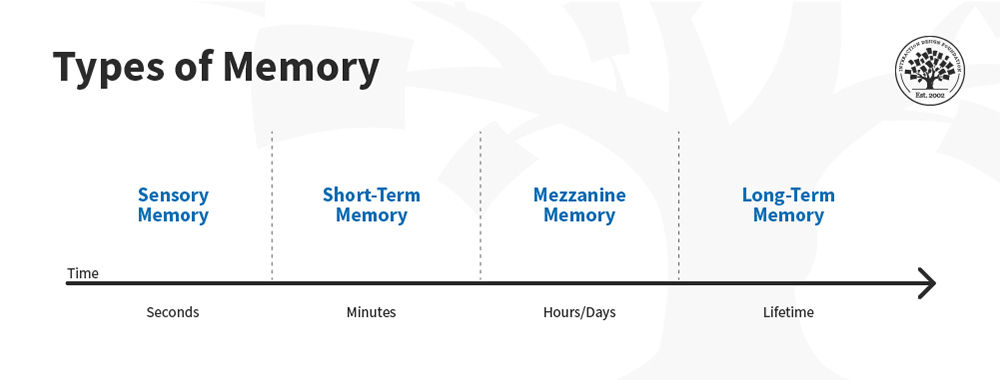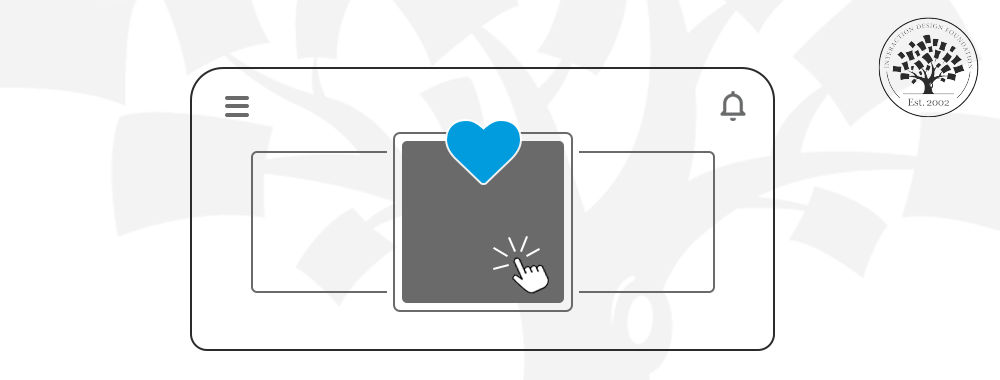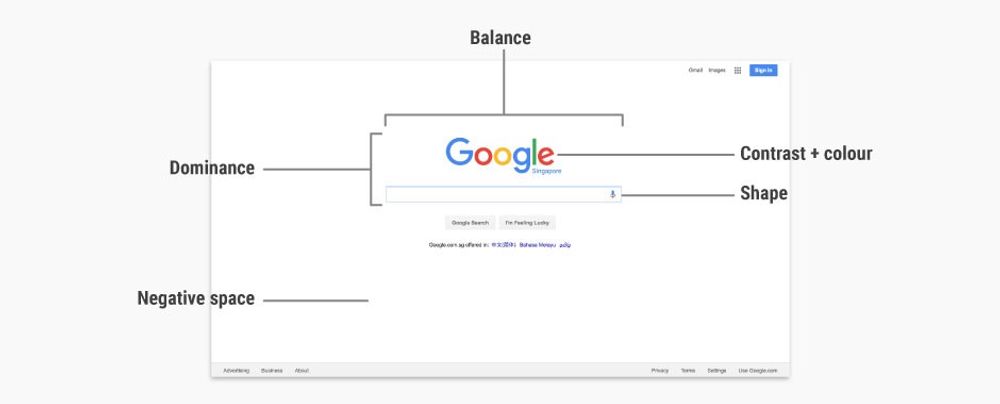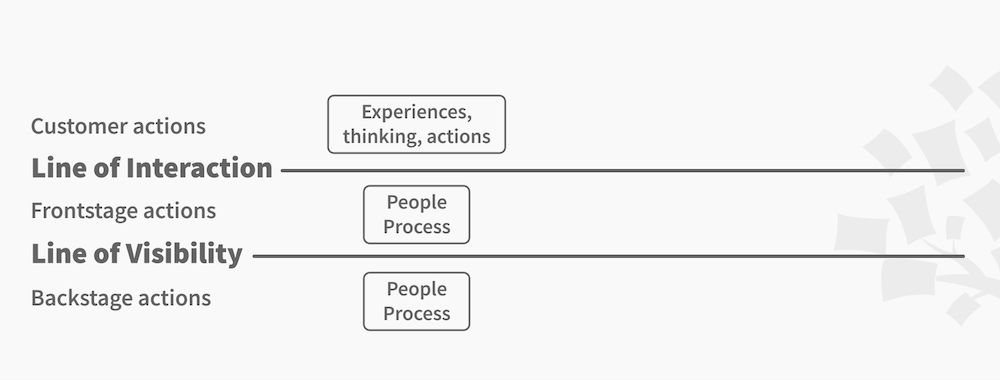Show
Hide
video transcript
- Transcript loading…
It’s a recipe for disaster if you simply add a step entitled "be creative" into a linear plan for a creative work project. Likewise, if you just wait for that heavenly spark of insight to come, you may be in for a not-so-great, long-drawn-out surprise. In this video, you’ll learn three best practices on how to create high-gain and low-risk plans that are both open to creative insight and yet also guaranteed to produce useful results. We'll teach you ways to break down major high-risk creative work projects into smaller and tangible tasks which have the highest potential for high gains and low risks.
Professor and distinguished author Alan Dix talks about large-scale plans for creativity and innovation which demand weeks, months or perhaps even years. These large-scale plans are often attached to high risk, and you would most likely only set out to risk a lot if you had the opportunity for high gain. Naturally, putting so much into a grand plan usually means taking a gamble, as any plan that involves high risk and high gain includes a substantial possibility of failure. The good news is you can still go after big wins and have a better chance of getting them. In the video, you’ll learn three methods which will help you convert high-gain/high-risk into high-gain/low-risk activities and results.
Want to get started right away? Then start using our three best practice methods in this comprehensive template.
Download our comprehensive step-by-step guide on how you can plan and time-manage large-scale creative projects.
